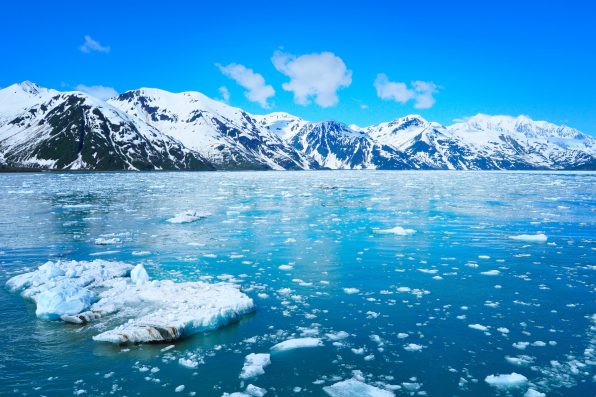More than 200 years ago, the Steller’s sea cow was driven to extinction by human hands. The marine mammal was a relative of dugongs and manatees, which still swim in warm tropical waters near Florida and other parts of the world.
The Steller’s sea cow, on the other hand, once inhabited the frigid waters of the northern Pacific Ocean.
While manatees typically reach about nine feet in length, Steller’s sea cows could grow up to 30 feet long, even bigger than the size of many modern whales.
The creatures were first described to Europeans by a naturalist named Georg Wilhelm Steller in 1741. Steller was on the Bering Expedition to explore the North Pacific. When their vessel was shipwrecked in the Commander Islands, the crew encountered the sea cows and started killing them for food.
By 1768, the animals were extinct—just 27 years after they had been formally discovered. The slaughter of Steller’s sea cows was spurred by the Europeans’ desire for fur coats and hats.
Hunters were killing sea otters to keep up with the demands for fur. The sea cows happened to live in the same area as a large population of sea otters, so they became collateral damage. They were frequently dragged up to beaches to be butchered for fresh meat.
Steller noted that the sea cows engaged in social behavior that made them easy targets. When a female was captured, a male would visit the place where her body remained every day, even if she had died.
They also gathered in large groups to graze on kelp in the shallow waters around remote islands. In addition, Steller mentioned that their blubber was thick and delicious, containing subtle flavors of almond.
The speed at which the sea cows were wiped out indicates that there were not very many of them alive at the time. Evidence suggests that the animals may have had a wider habitat range, but as humans began to sail the seas, it shrunk down to the northern Pacific.

Sign up for Chip Chick’s newsletter and get stories like this delivered to your inbox.


